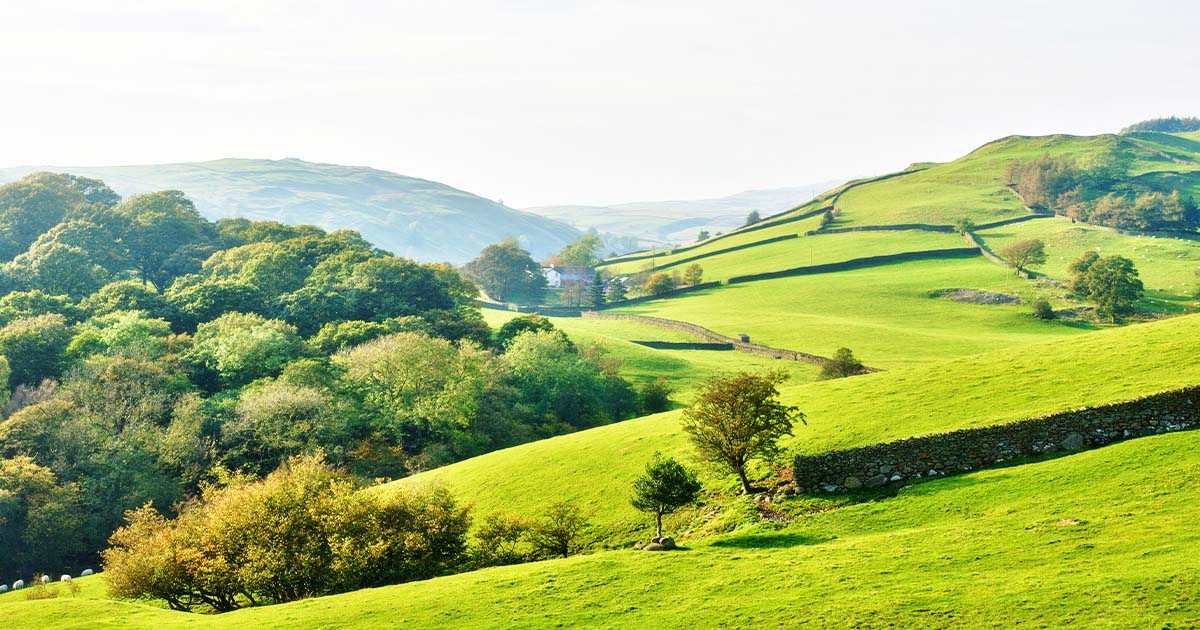Cuxton Winery Appeal

Case law has established that wineries are agricultural uses for the purposes of planning. However, many vineyard owners and operators include ancillary uses such as visitor centres for wine tasting and restaurants. In a recent appeal decision it was these ancillary uses that caused adverse impacts and harm meaning the appeal was dismissed and planning permission was not granted.
The appeal scheme comprised a new access road, a 107 space car park and coach park, a winery building for grape processing, storage, bottling, a restaurant, cafe and retail. Wine tasting events would be held twice daily and it was anticipated that there would be around 300 visitors per day. The site is located in the green belt and in the Kent Downs AONB and is within the setting of the Upper Bush Conservation Area.
Given the amount of floorspace identified for agricultural use, the Inspector concluded that the appeal scheme was an agricultural use. Accordingly the proposed development fell within the exceptions set out in the NPPF and so the new buildings would not be considered inappropriate development in the green belt.
Whilst there was therefore no need to consider the impact of the development on the openness of the greenbelt, the Inspector still needed to consider whether the development complied with key Local Plan policies around conserving the natural beauty, wildlife and cultural heritage of the area, the impact of the development on the nearby conservation area and whether the harm of the proposals on the AONB was outweighed by exceptional circumstances.
The Inspector found that although the new access road and car park would seek to use the existing topography of the area to reduce the impact, both would introduce a degree of urbanisation into the landscape and would cause moderate adverse effects. The seasonal nature of viticulture would be supplemented by the year round ancillary activities. The visual impact of the constant activity from the ancillary uses would significantly detract from the site’s contribution to the landscape and scenic beauty of the AONB resulting in major adverse impacts. Similar concerns were raised about the ancillary uses in respect of the noise impacts and the adverse impact on the dark skies which were acknowledged as a high value component of the AONB.
The Inspector agreed that the setting of the Conservation Area was largely determined by its relationship to the surrounding farmland and concluded that the proposed major development would introduce activities unrelated to agricultural use. He therefore concluded that the appeal scheme would cause less than substantial harm to the significance of that heritage asset.
In accordance with paragraph 177 of the NPPF, the Inspector had to consider whether there were exceptional circumstances and whether the development would be in the public interest such that it would outweigh the presumption that major development in the AONB should be refused. Accordingly the Inspector considered the need and economic case for the proposed development, the cost of development outside the AONB and any detrimental impact on the environment. Whilst the appellant produced evidence in respect of each of these areas, the Inspector considered the evidence to be insufficient or too high level for any of these arguments to be made. The Inspector noted that expansion of the wine industry is not a national priority nor is it a local priority reflected in Local Plan policies. The Inspector considered the good design of the winery building, the investment, job creation and visitor experience were not sufficiently evidenced and therefore did not outweigh the harm of the development on the AONB and the conservation area. Accordingly he dismissed the appeal.
As the English wine industry continues to grow we are likely to see an expansion in vineyards which, due to the required soil type and typography, are often located in AONBs. Given the exceptional circumstances test for major development in AONBs set out paragraph 177 of the NPPF, vineyard owners would be advised to promote local plan policies that identify the importance of viticulture during local plan reviews to assist with the “need” argument and to establish robust evidence for the remaining tests. Many vineyards will include ancillary activities but the impact of those activities needs to be carefully considered and weighed up against the adverse impacts of the proposed development.

